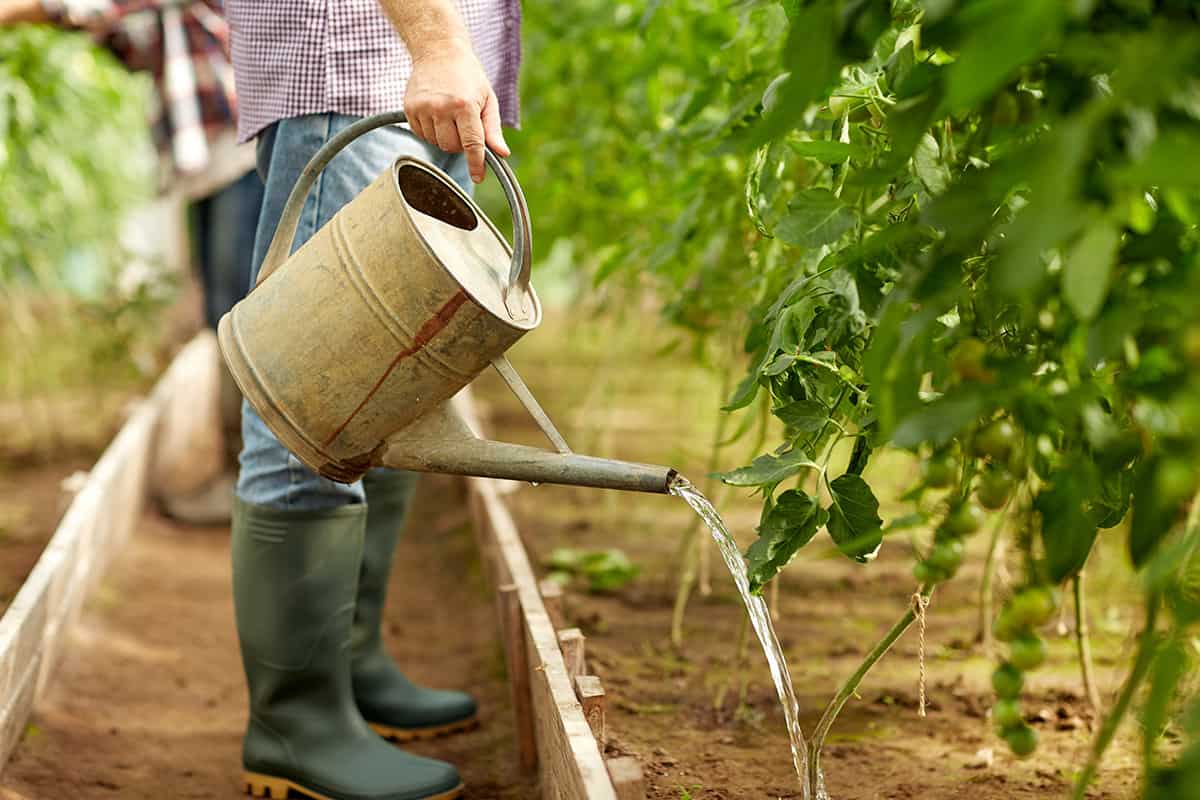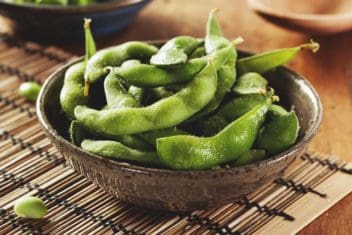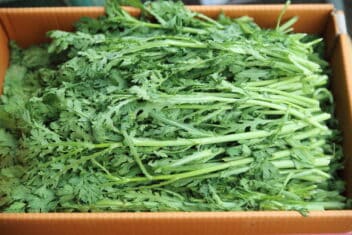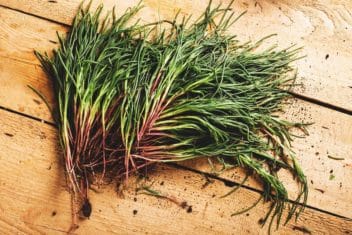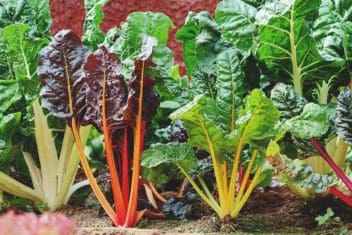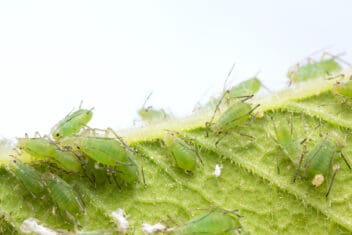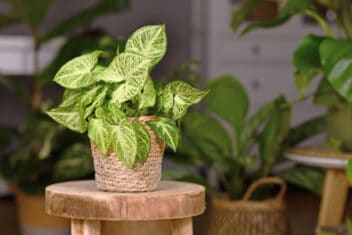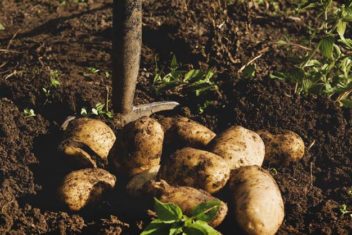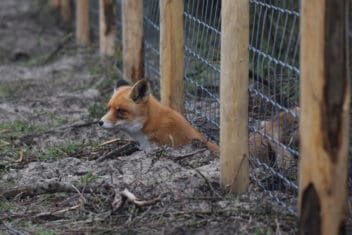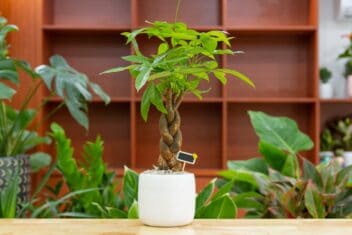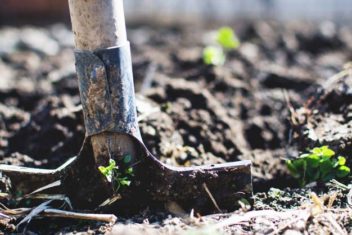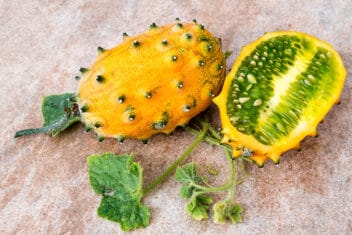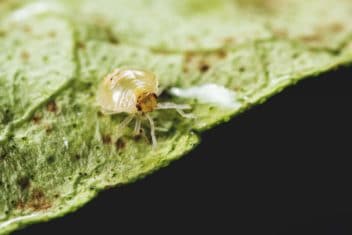Over time, you’ll come across gardening techniques that make life easier, produce better results, and keep your plants and soil healthier. For me, soil drenching is one of those techniques. I’ve used this method for years now, and I swear by the benefits it provides my garden.
Adding a water-soluble liquid product to the base of plants gets it to where you need it quickly and efficiently. Nutrients, pesticides, or insecticides are all delivered straight to the roots of your plants so they can stay healthy – all without a ton of effort on your part.
Why Use Soil Drenching?
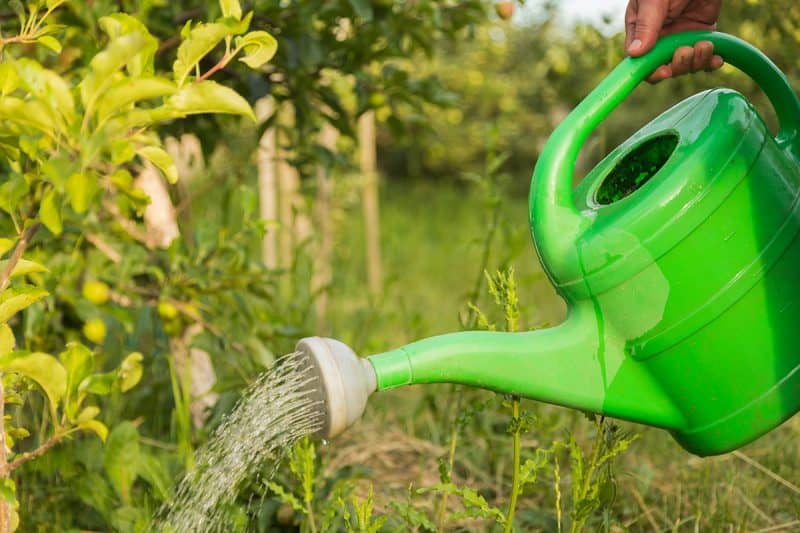
In this article, we’ll look at the benefits of soil drenching and why it’s something you should consider. I’ll use my favorite neem oil soil drench as an example of how efficient this technique is and show you why it takes care of multiple problems all at once, all the while keeping things natural and chemical-free.
The reasons to use soil drenching are many, but the common ones include adding nutrients, pesticides, or insecticides to the garden in a way that is quickly absorbed through the root systems to every part of the plant. This is done instead of spraying or time-release granules and powders.
Simply put, you are drenching the soil to allow the plant to absorb all it can straight away, at the same time as treating the soil.
Soil drenching allows for the swift uptake of the liquid and helps you avoid overspray and drift onto other plants. It is also a way to ensure the soil is loaded with the things a plant needs to thrive and survive.
Soil drenching works well for boring insects in trees, root rot problems, and to deliver nutrients to an ailing plant through a water-soluble fertilizer.
Benefits of Soil Drenching
I had a row of apple trees, and only one of the trees was having issues with wood-boring insects. Because I prefer to produce food in my garden spray-free, I only wanted to treat the one plant having issues.
I live in a windy area, and overspray and drifting are hard to avoid. By targeting the one tree with treatment, I was able to treat just that one tree. I used a neem oil soil drench over several weeks.
Other benefits include:
- Swift uptake of the chemical or fertilizer
- No equipment needed except a bucket to mix and pour with
- Healthy soil as well as plants
- Target disease and pests with specific treatments
- Reduce chemicals in the garden by targeting only plants that require drenching
- Effectively treat all plants in your garden for fertilizing, feeding, or treating for seasonal pests and diseases
When to Apply Soil Drenches
Timing is key to using this technique. The bigger the plant, the longer it will take for the active compounds to reach the plant’s entire system.
The plant needs to absorb the drench and direct it throughout the roots, trunk, stem, and branches to the foliage. Although you can do soil drenching any time, it’s most effective at the beginning of the growing season. Spring is best, as well as early fall, depending on what you’re applying.
As the growing season progresses, the pests and diseases that plague your garden grow in numbers, so a plant loaded with natural insecticides and fertilizers from soil drenching is better able to withstand the onslaught. In the fall, drenching can help plants recover by giving them a boost.
You can also use the soil drenching method when you see problems arise throughout the season. Finally, some people do soil drenching each year for perennial plants on a scheduled basis, regardless of any issues or not.
Why You Should Do a Neem Oil Soil Drench
A neem oil soil drench is perfect for several reasons. I use this on my fruit trees and any perennial plants that produce food in my garden a few times through the spring/summer/fall growing season. A neem oil soil drench covers a few bases, including:
1. Rid the Plants of Pests
There is a certain time of the season when the pest numbers peak. Sooner or later, the pests move in and multiply rapidly. For some bugs, this is summer. For others, it’s spring or fall.
Neem oil is taken up by the plant’s roots and distributed into the foliage efficiently by the plant as a systemic pesticide. When pests ingest parts of the plant, they also ingest the neem oil, which acts as an appetite suppressant and growth inhibitor. It disrupts the life cycle of insects.
Imagine having a plant that actually kills the bugs eating it and is as effective on both above-ground insects and underground pests.
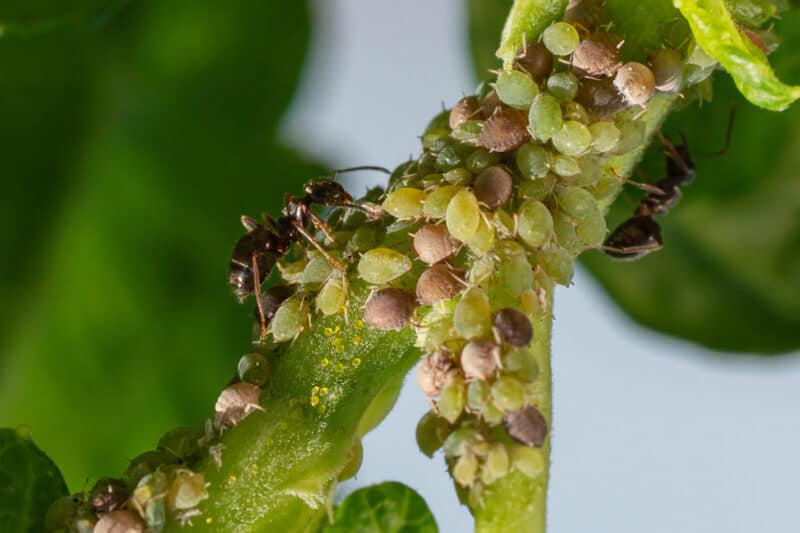
Pests neem oil soil drench eradicates are:
- Aphids
- Mealybugs
- Whitefly
- Scale
- Grasshoppers
- Japanese Beetles
- Leaf Minors
and many, many more.
2. Neem Oil is Safer Than Many Pesticides
Neem oil is a safe product to use, so long as you use it correctly. There have been instances of people being poisoned by ingesting neem oil. Neem oil can also kill some plants, especially if you apply a lot of it to the plant’s leaves. Neem oil may also negatively impact small beehives.
Utilizing neem oil as soil drench is ideal because the plant absorbs it through the roots. This is contrary to foliar spraying, where the plants are left wet and susceptible to burning in the sun and humidity issues.
The great thing is the beneficial insects aren’t affected by neem oil.
3. Protect Plants from Bacteria and Fungi
Neem oil also helps protect plants from the many bacteria and fungi that affect plants, especially diseases that attack when humidity is high. Many bacteria attack plants from the soil, and a soil drench addresses this problem as well.
4. Treat Root Rot
Neem oil in the soil works under the surface to protect the plant’s roots, especially when you use a soil drench every two to three weeks.
A perfect example of effective neem oil soil drench is using it on tomato plants because they are often affected by nematodes in the soil. The same goes for potatoes.
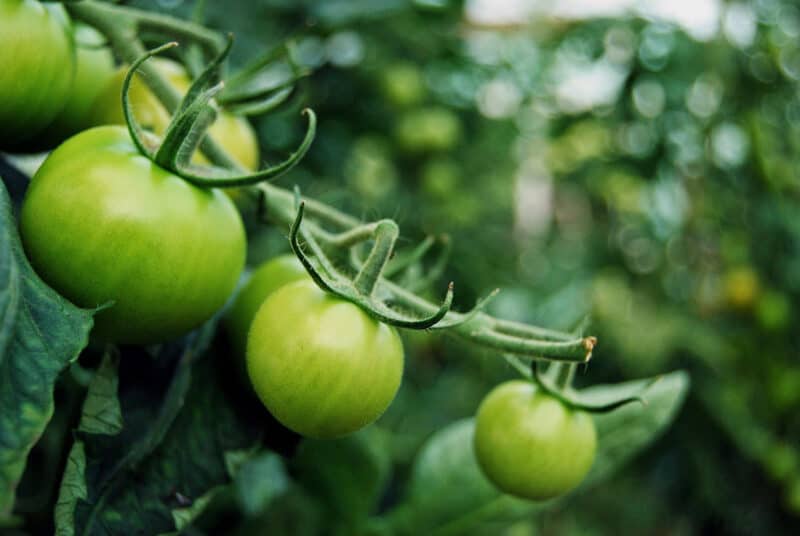
How to Mix a Neem Oil Soil Drench
Multiply this amount to the desired volume that you need.
- 2 tablespoons of organic neem oil
- 2 teaspoons of castile soap
- 2 quarts of water
Combine all ingredients and mix well. Use the mixture right away as it doesn’t store well.
Use this soil drench on fruit trees, vegetable gardens, ornamentals and any food gardens.
How Often to Use Neem Oil Soil Drench
The frequency of application depends on the circumstances for which you’re using it.
Pest Infestation
The moment you notice an infestation of pests on your plant, apply the mixture. Repeat every seven days until you have it under control. It may seem like you aren’t making a difference, but it takes time for the plant to absorb and distribute the neem oil and for the effects to take a hold on the insect population.
Over time pest numbers decrease dramatically and your plants look healthier and produce more fruit.
Alternatively, schedule treatment throughout the growing season to prevent insect numbers from building up in the first place.
Health Maintenance
At the beginning of the season, I start to use a soil drench every two weeks, gradually extending the gap between drenches to around once every five to six weeks.
The benefit of using a soil drench like this is the soil is always healthy with natural protection, not chemicals. Fungus, eggs, and larvae are wiped out, and plants become strong due to the lack of insect and pest attacks.
Seedlings
Don’t use a soil drench on newly transplanted seedlings. Wait a few weeks until they have settled in and started getting a strong root system. If you start too early, you can overwhelm the plants or even drown them.
How to Apply the Soil Drench
There are several techniques to figure out how much soil drench to use, where to apply it exactly and how often. I like to keep it simple.
- Trees: Pour the soil drench over the ground within the drip line of the tree. Use the same amount as if you were watering with a hose.
- Shrubs and Vegetables: Pour around the base of the plant using the same amount of water you would as if watering with a watering can.
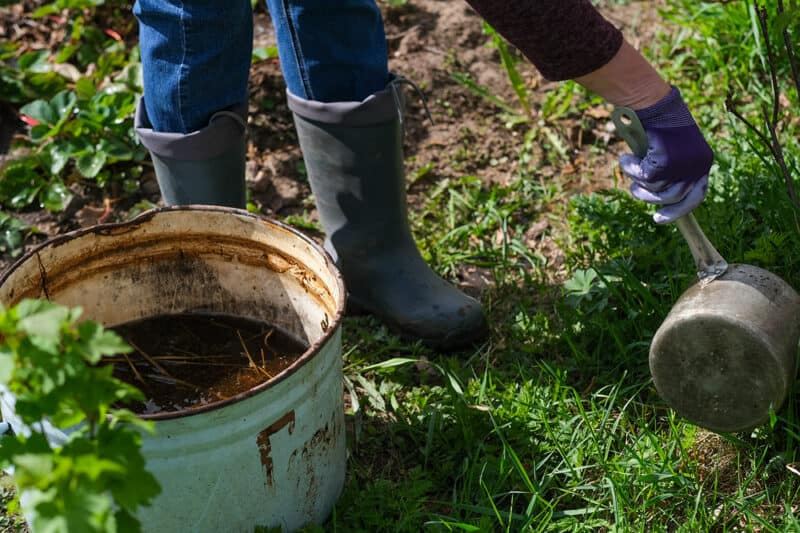
Other Natural Soil Drenches
As well as neem oil, I’ve used a number of other natural products to make a soil drench:
- Epsom Salt
- Worm Castings
- Compost Tea
- Comfrey Tea
- Alpaca droppings soaked in water
I’ve used all of the above examples as soil drenches either because I wanted to trial a particular thing or because I had an issue where I thought they would benefit the plants and soil. Feel free to do some experimenting to see what works well for you.
Make a Habit of Using Soil Drenches
Regularly using a soil drench is an efficient way to keep both plants and soil healthy. It’s as easy as watering your plants, and you can use a soil drench to address pest infestations, maintain soil and plant health and prevent pests and diseases from overwintering and causing issues next season.
I highly recommend using neem oil because it is natural, defends against a wide variety of pests, bacteria, fungi, and all development stages of insects.
Reduce your use of chemicals with knock-down power by utilizing the sustained power of soil drenches. Give it a go. You might like it enough to form a habit.
